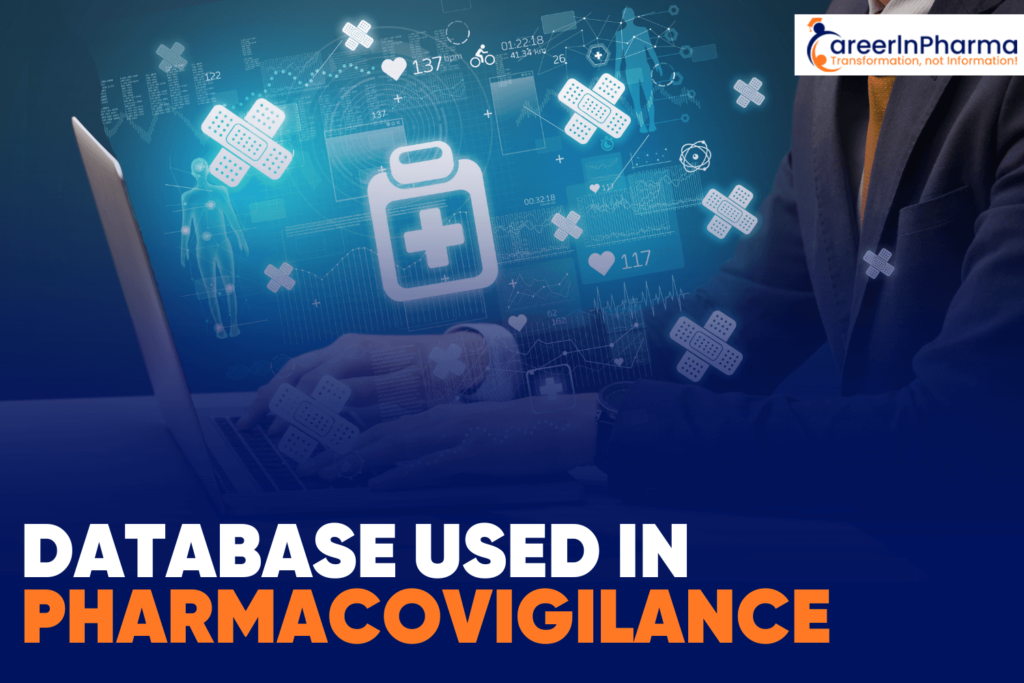
Pharmacovigilance is an essential component of drug development and patient safety. With the increasing number of drugs and their potential side effects, it is crucial to have an efficient system in place to monitor and report adverse events. In this article, we will discuss the database used in pharmacovigilance, focusing on the Argus Safety Database.
What is Pharmacovigilance?
Pharmacovigilance is the science of detecting, assessing, and preventing adverse effects of drugs. It involves collecting, monitoring, and analyzing data related to the safety of medicines. The primary goal of pharmacovigilance is to ensure the safe use of drugs and protect patients from harm.
Pharmacovigilance – An Overview
Why is Pharmacovigilance Important?
Pharmacovigilance is essential for ensuring patient safety and improving public health. By monitoring the safety of drugs, we can identify potential risks and take appropriate measures to mitigate them. Pharmacovigilance also plays a critical role in regulatory decision-making, as it provides valuable information on the safety and effectiveness of drugs.
Database Used in Pharmacovigilance
Clinical trials are an essential part of drug development, as they provide valuable data on the safety and efficacy of drugs. To conduct clinical trials effectively, it is necessary to have a reliable database to store and manage clinical trial data. The database used for clinical trials should be able to handle large amounts of data and provide tools for data analysis and reporting.
What is the Argus Safety Database?
Argus Safety Database is a software application developed by Oracle Corporation that is used for pharmacovigilance and drug safety management. It is designed to collect, manage, and analyze adverse event data from clinical trials, post-marketing surveillance, and spontaneous reports. Argus Safety Database is used by pharmaceutical companies, contract research organizations (CROs), and regulatory agencies worldwide.
Features of Argus Safety Database
Argus Safety Database has several features that make it an efficient tool for pharmacovigilance and drug safety management. Some of the key features include:
1. Adverse Event Management
Argus Safety Database allows users to manage adverse events efficiently. It provides tools for data entry, case processing, and reporting. The database can handle a large volume of adverse event data and supports multiple languages.
2. Signal Detection and Management
Argus Safety Database has a built-in signal detection and management module that allows users to identify potential safety signals. The system uses advanced statistical methods and algorithms to detect patterns and trends in adverse event data.
3. Regulatory Compliance
Argus Safety Database is designed to comply with regulatory requirements, such as those set by the International Conference on Harmonization (ICH) guidelines and the FDA’s Code of Federal Regulations (CFR) as well as FDA and EMA. It provides tools for the electronic submission of adverse event reports and supports various formats, such as E2B and MedDRA.
4. Integration with Other Systems
Argus Safety Database can be integrated with other systems, such as electronic medical records (EMRs), clinical trial management systems (CTMS), and electronic data capture (EDC) systems. This integration allows for seamless data exchange and improves efficiency.
Advantages of Argus Safety Database
Argus Safety Database offers several advantages for pharmacovigilance and drug safety management. Some of the key advantages include:
1. Scalability
Argus Safety Database is designed to handle large volumes of data and can be scaled up or down based on user needs. Users can also generate custom reports on safety data based on their specific requirements. This scalability makes it an ideal tool for pharmaceutical companies and CROs that handle multiple drugs and clinical trials.
2. User-Friendly Interface
Argus Safety Database has a user-friendly interface that is easy to navigate. It provides tools for data entry, case processing, and reporting, making it simple to manage
FAQs about Database Used in Pharmacovigilance
1. How does the Argus Safety Database work?
The Argus Safety Database uses a standardized data structure to capture and manage safety data. The system allows users to record information about adverse events, including the patient’s demographic data, medical history, and drug exposure. The data is then processed using a range of tools, including algorithms and rule-based systems, to identify potential safety signals. The system also includes workflow management tools that allow users to manage cases from initial receipt to closure.
2. What does ARGUS mean?
ARGUS Means: “Analytical Reports Gathering And Updating System”. This is the abbreviation of the ARGUS database which is generally used in PV Pharmacovigilance Case Processing Related Activities.
3. What types of adverse events can be recorded in the Argus Safety Database?
The database can capture data related to all types of adverse events, including serious adverse events (SAEs), non-serious adverse events (NSAEs), and unexpected adverse events (UAEs).
4. Who uses the Argus Safety Database?
The database is used by pharmaceutical companies, contract research organizations (CROs), and regulatory authorities, including the US Food and Drug Administration (FDA) and the European Medicines Agency (EMA).
5. Is the Argus Safety Database secure?
Yes, the database is designed to meet strict security requirements and includes features such as user authentication, access control, and data encryption.
6. How is a career in pharmacovigilance
A career in Pharmacovigilance can be a rewarding and fulfilling experience. It is a field of medicine that focuses on the detection, assessment, understanding, and prevention of adverse effects or any other drug-related problems. Pharmacovigilance professionals are responsible for monitoring the safety of medicines and medical devices. They also provide advice to healthcare professionals on how to use medicines safely and effectively.
7. How to start a career in pharmacovigilance?
Online courses from CareerInPharma are an excellent way to gain knowledge and skills related to pharmacovigilance. These courses provide comprehensive training on drug safety, risk management, regulatory affairs, and clinical trials. Additionally, they can also help you find job openings in pharmacology-related.
Conclusion
The Argus Safety Database plays a critical role in pharmacovigilance by enabling the collection, management, and analysis of safety data related to pharmaceutical products. The system offers a range of features that make it an essential tool for ensuring patient safety, including centralized data management, automated case processing, and compliance with regulatory requirements. With its ability to capture and analyze data from various sources, the database is a vital tool for detecting potential safety signals and ensuring that pharmaceutical products are safe for patients.

